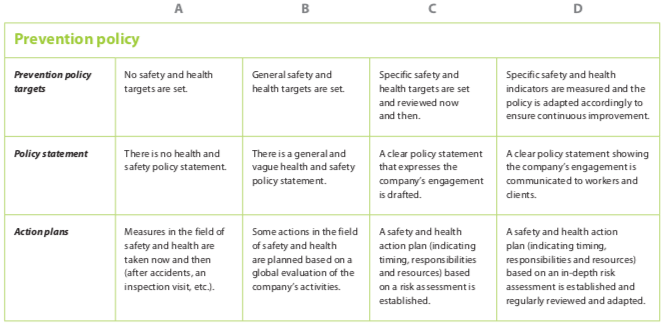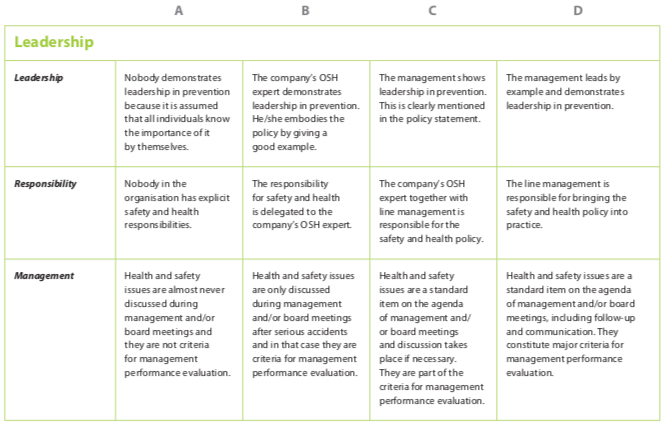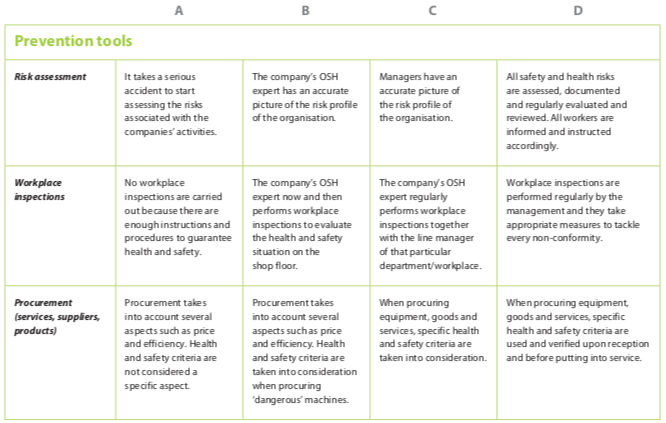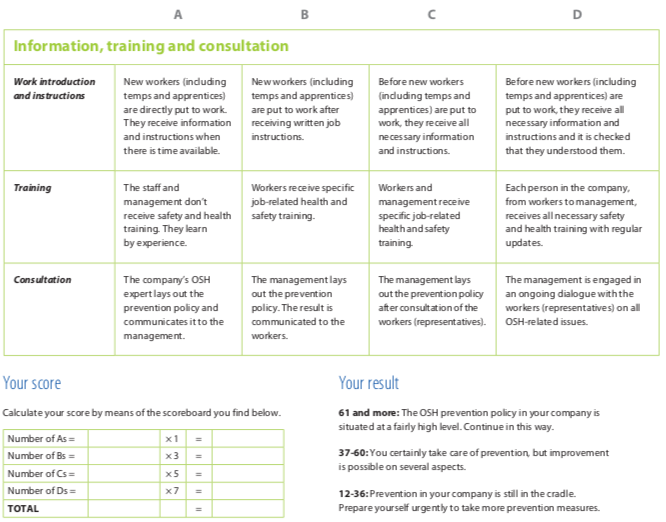Businesses create jobs and contribute a lot to their communities — proper quality, health and safety, and environmental management in the workplace and construction site holds a major key. A quality, safe, environmentally responsible working environment is vital for quality services and products. There is an ongoing need to improve quality, health, safety and environment (QHSE) systems, and QHSE managers have a solid role to play.
A company’s success highly depends on the calculated risks they take. Prevention is the most valuable approach mitigating risks — it enables a company to limit uncertainties. By assessing the risks and taking calculated preventive measures, companies can improve their productivity and ultimately, their profit margins.
The importance of QHSE systems
QHSE systems are designed to identify and minimise risks at the workplace and construction site. The effectiveness of your QHSE systems directly affects your business performance, negatively if your systems are badly organised, or positively if they are functionally designed. For a positive impact, QHSE systems must function smoothly and go well with the overall management of the company and the delivery of projects and deadlines.
It is your legal and moral duty to ensure the quality of your service, protect your workers’ health and safety, and commit responsibility to the public and the environment. This duty also goes to consulting your workers or their representatives and including them in discussions related to health and safety at work. Good management leadership on QHSE can support this.
Prevention is better than cure
“Prevention is the cornerstone of the European approach to occupational safety and health. In practice, this means analysing work processes to identify short- and long-term risks, and then taking action to either avoid them as far as possible or mitigate them.”
– The European Occupational Safety and Health Administration (EU-OSHA)
The benefits of good QHSE
Addressing your company’s QHSE provides important opportunities to improve efficiencies while safeguarding both your workers and the public. The recent European Survey of Enterprises on New and Emerging Risks (ESENER) have come up with an analysis of benefits and they are:
- Decrease in costs and risks: lower employee absence and turnover rates, fewer accidents, lower threat of legal action;
- Increase in productivity from ensured business continuity: from avoiding incidents, accidents, breakdowns, and process failure;
- Improvement in standing and a better reputation among suppliers, clients, other stakeholders.
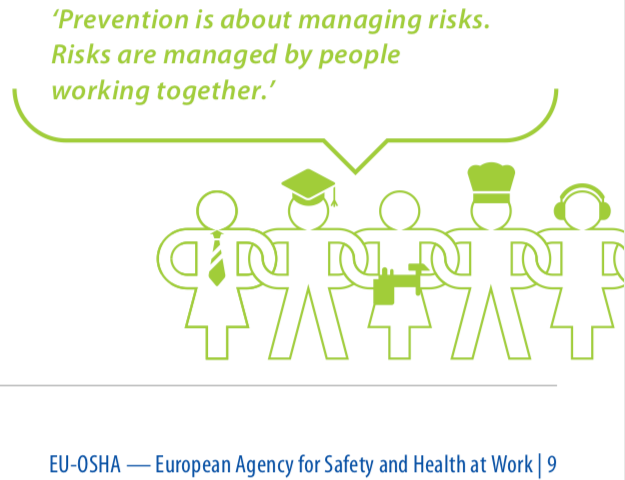
The management approach to QHSE
Management plays a key role in showing leadership on preventing QHSE risks at the workplace. There are three underlying management principles that are vital for enhancing QHSE in a company:
- Effective and strong leadership
- Involving workers
- Ongoing assessment and review
We will discuss each in more detail.
Effective and strong leadership
As with any other situation in any industry, your leadership is a condition for success. For a preventive approach, it’s most likely to be fruitful if it’s supported by your management. A strong and visible leadership coupled with engaged managers at all levels can provide direction and input. It sends a strong and clear message to everyone that QHSE are strategic points within your company. This would mean:
- Management commits to QHSE as a core value of the company and communicates this to all employees
- Managers have an accurate picture of the company’s risk profile
- Management leads by example and demonstrates leadership integrity by following all QHSE rules at all times
- All roles and responsibilities of various actors in preventing and managing QHSE risks are clearly defined, planned and monitored proactively.
- QHSE is part of the company’s sustainability and social responsibility strategy and encouraged throughout the supply chain.
Practical examples include:
- visiting workstations to engage with staff about health and safety concerns (workers may not only identify problems but may provide solutions too);
- taking personal responsibility and showing that you care;
- leading by example;
- making available, as far as possible, money and time.
Involving workers
Successful management initiatives depend on the two-way process of involving your workers and their constructive engagement. According to EU law, employers must consult their workers about QHSE especially health and safety — it is your obligation to provide information, instruction and training, and to consult with your employees.
Encouraging your employees to participate helps in demonstrating a culture of dialogue. Involving your workers to take part in QHSE decision-making results in great benefits. What works is an effective upward communication — when your workers are heard and their suggestions and recommendations are acted upon — this ends in a positive and constructive engagement with management where they accept their responsibility to follow QHSE rules at the workplace. Once this kind of culture is established, it has great potential for further QHSE improvements.
Ongoing assessment and review
Monitoring and reporting are crucial tools for improving workplace QHSE. QHSE management systems that provide continuous specific and routine updates and reports on the performance of QHSE policies can be useful for targeting your problems and issues, and ultimately enhancing your workplace QHSE.
A good assessment system includes:
- Tools and systems for capturing and reporting accurate and timely incident data (like near-misses, accidents, and sick leaves)
- Arrangements for incorporating worker experiences and suggestions
- Periodic audits of risk management and risk control effectiveness
- Regular reports of the impact of training and maintenance programs on QHSE
- Assessments of the effect of changes — new work processes or procedures — on QHSE
- Effective procedures for implementing new and amended regulatory requirements
QHSE leadership self-assessment
This self-assessment tool (based on the OSH leadership self-assessment guide by the EU-OSHA) is a great start to validate your company’s stand on prevention. This self-evaluation guide enables you to gather the necessary data and see the possibilities to improve your situation.
This evaluation highlights a few aspects of your company’s QHSE approach specifically your:
- Prevention policy
- Leadership style
- Prevention tools
- Information, training and consultation
For each aspect, three elements are reviewed in the tool. You should estimate your company’s attainment level from the four descriptions (A, B, C, D) and indicate which one corresponds best with your company’s situation. Calculate your final score with the help of the matrix.
We recommend that your CEO does the evaluation. The score gives you an idea of what level of prevention your company’s on and should provide you with inspiration for improvement.
This test is sourced from https://www.healthy-workplaces.eu.
